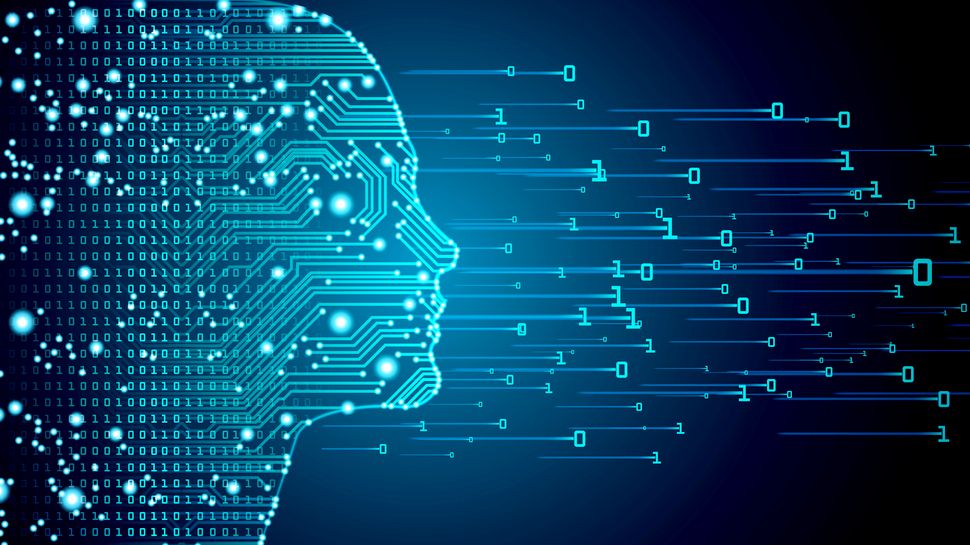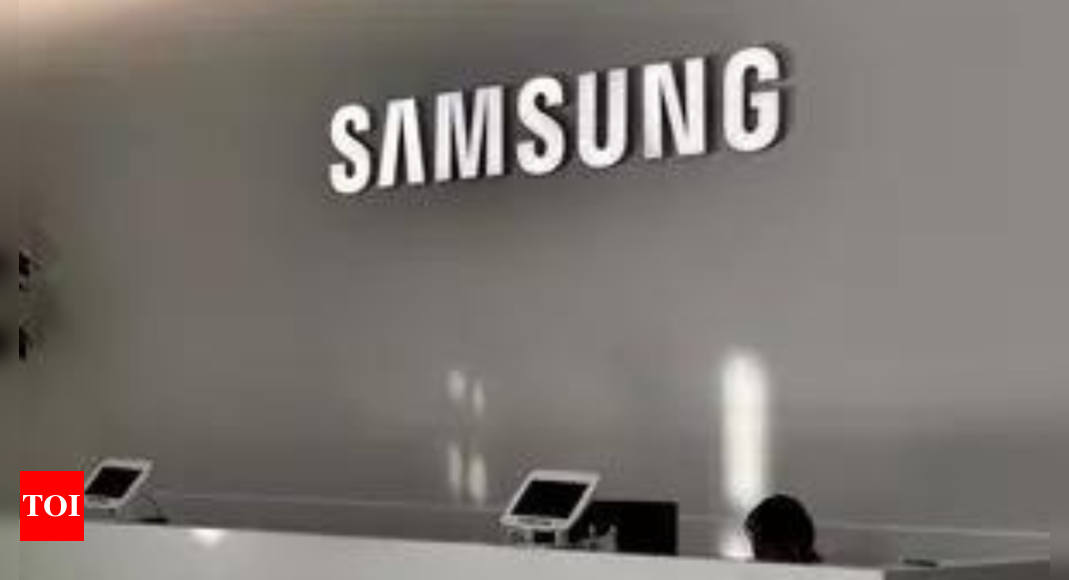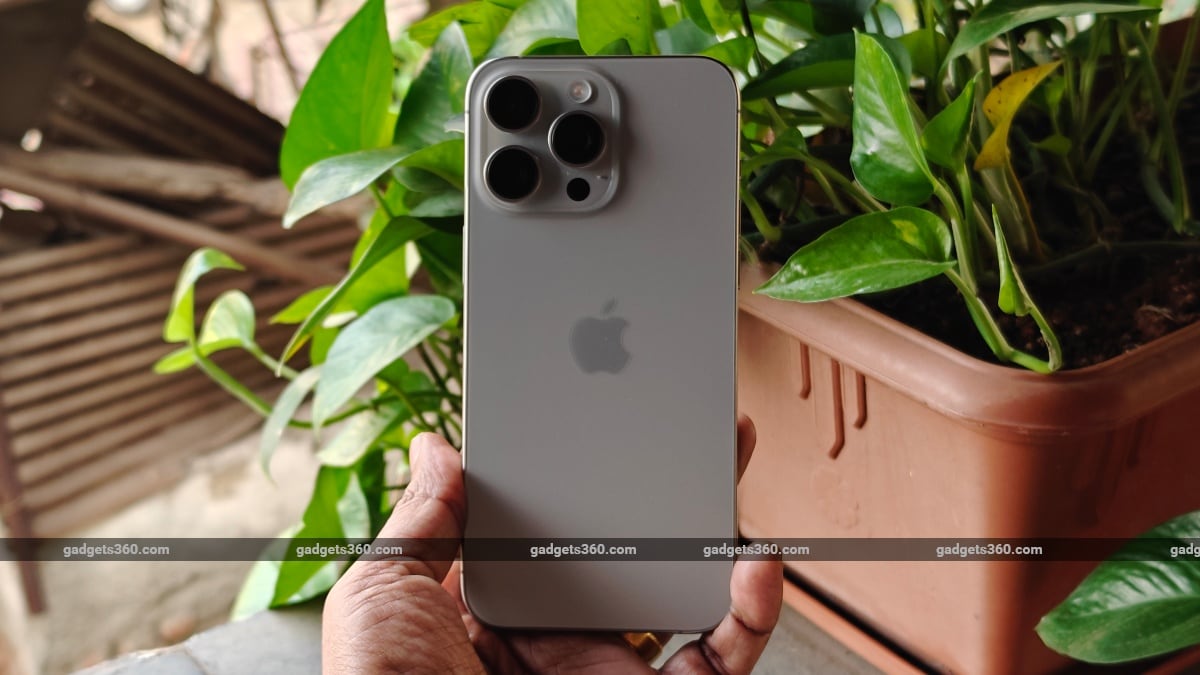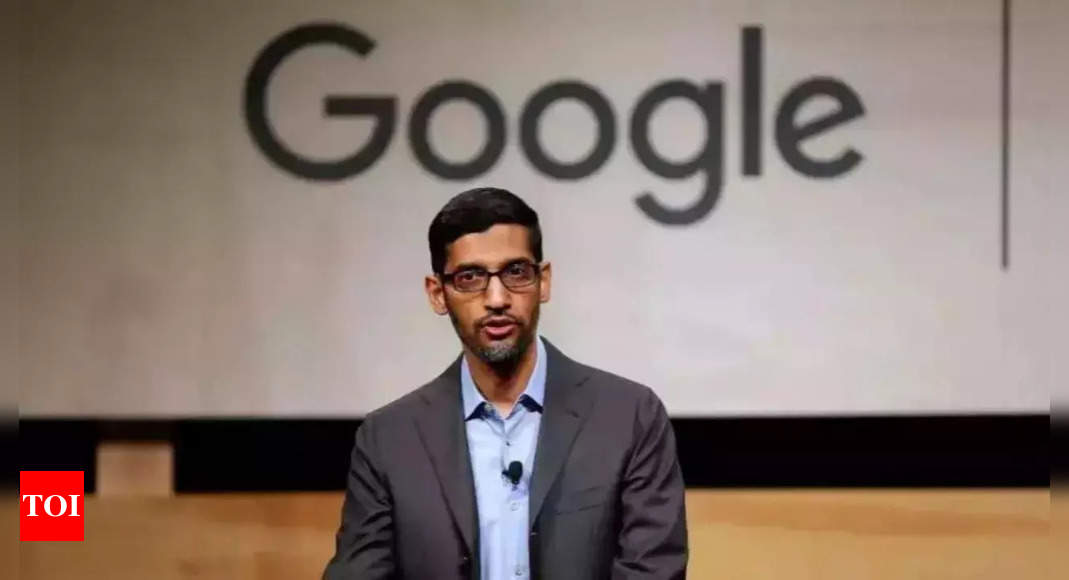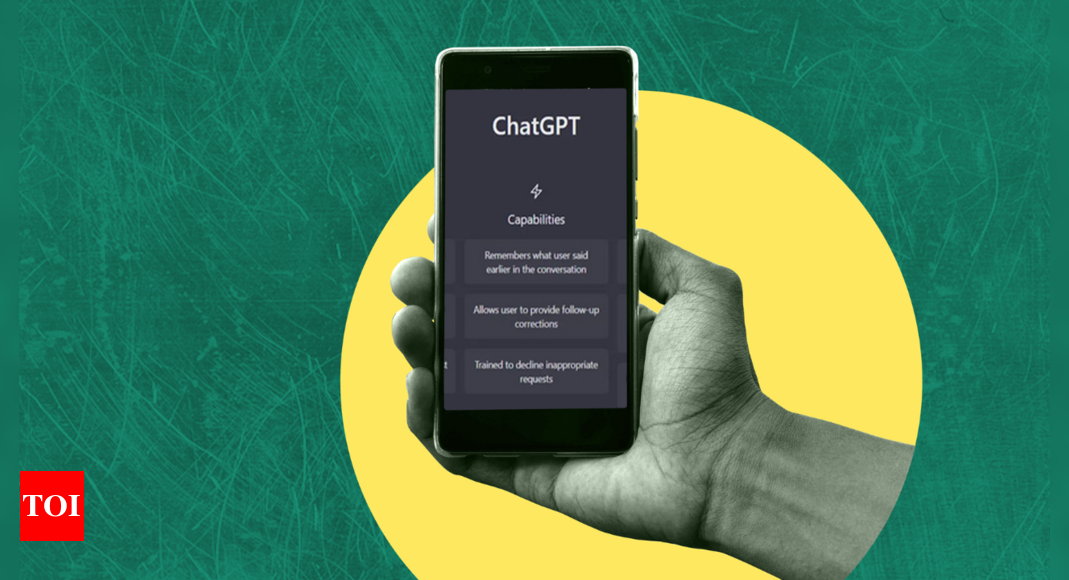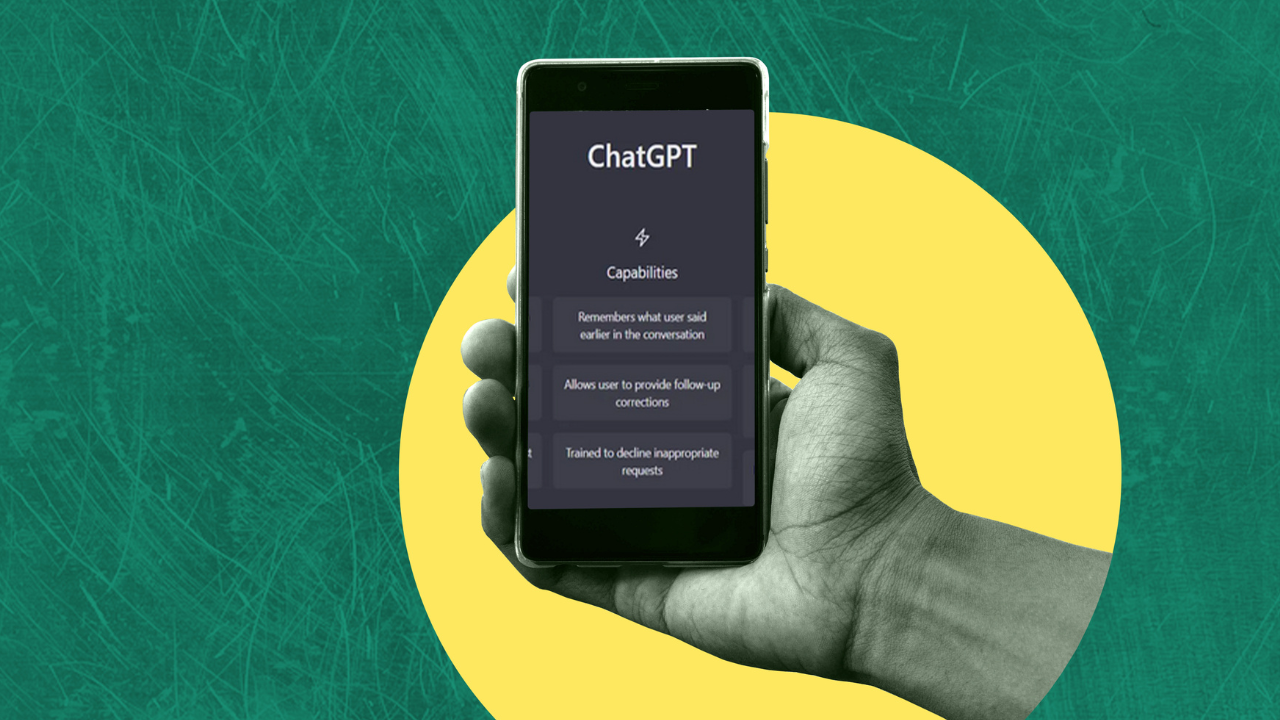Cyberpunk 2077 latest patch adds a new customizable feature for Rayfield vehicles and fixes melee finishers
[ad_1]

Cyberpunk 2077 patch 2.11 has added a brand new feature for Rayfield vehicles.
CD Projekt Red dropped the latest update today (January 31) which features a ton of changes to both the base game and the Phantom Liberty expansion, including an exciting new feature to Rayfield-manufactured cars that allows players to change the paint job.
It’s called the CrystalCoat feature and is now available in-game. However, the studio noted that “because this technology was developed exclusively by Rayfield, it is currently only available for Rayfield vehicles you own.”
Alongside this, the game has also received a ton of quality-of-life improvements, as well as bug fixes for some troublesome issues. For example, the melee Finishers are now working properly.
Players will also discover that Cyberware Capacity has now been capped at 450, so if you try and exceed this limit Cyberware will be unequipped automatically, and drifting in most vehicles has been improved for when you’re cruising around Night City. For the full breakdown of the update, you can read the patch notes below.
Cyberpunk 2077 version 2.11 patch notes
Gameplay
- Melee Finishers will now work properly.
- Fixed an issue where health items could become unequipped from the quick access slot after using consumables.
- It will now be possible to properly switch Z and W keybinds for AZERTY keyboards.
- When using the Classic control scheme, performing dashes will no longer result in crouching.
- Fixed an issue where it was still required to use the F key (default) to interact even if bound to a different key.
- Binding the right mouse button to an action different than aiming will no longer result in aiming and the new action occurring simultaneously.
- Axolotl cyberware will now also reduce cooldown when neutralizing an enemy non-lethally.
- The Iconic Contagion quickhack will now properly cause an explosion when combined with the Overheat quickhack.
- Added Psalm 11:6 and Buzzsaw crafting specs for players who completed the required activites to acquire them but they didn’t drop.
- Fixed an issue preventing players from upgrading items to Tier 5++ on Xbox.
- Skeleton cyberware will no longer get downgraded after acquiring level 3 of the License to Chrome perk.
- Skill Shards for skills that are already maxed out will no longer drop.
- The RAM cost for the Cyberpsychosis quickhack will now properly decrease after applying Cyberware Malfunction or an EMP effect.
- Killing NPCs who are drunk or using a braindance will now properly trigger the police system.
- Fixed an issue where RAM Recoup cyberware was restoring less RAM than indicated by its description.
- Fixed an issue where fists would not have a chance to apply Bleeding after reaching level 20 in the Solo skill.
- Fixed the description for Biomonitor cyberware so it properly states that it heals you when health drops below 50% rather than 35%.
- It will now be possible to activate Sandevistan cyberware during holocalls if in combat.
- Fixed an issue where it was possible to get killed by a quickhack while Berserk is active, despite its feature ensuring that health cannot drop below 25%.
- Cyberware Capacity will now be capped at 450. Cyberware exceeding the limit will be unequipped.
- Fixed an issue that could cause loot to float in the air as well as reappear in the same spot after picking it up.
Quest and Open World
- Adjusted car chases so that they’re not too frequent and don’t overlap.
- Fixed an issue where vehicles purchased on the Autofixer website weren’t added to the owned vehicles list even though money was spent.
- Made it possible to obtain the BFC 9000 Iconic weapon for players who missed the crashed AV in Rancho Coronado.
- Fixed an issue where the animation of inspecting the NCART City Pass could be triggered inside an elevator, causing V to fall through it.
- Fixed an issue where the message from NCART Customer Support that unlocks the metro wouldn’t arrive, even if the requirements were met.
- Fixed some instances where Gigs could remain stuck as incomplete in the Journal without any objectives.
- A Day In The Life – Fixed an issue where Darrell Zhou would instantly die after approaching the quest marker and speaking to him. Please note that the fix is not retroactive, meaning that you need to load a save prior to speaking to Darrell to be able to complete the quest.
- Belly of the Beast – Fixed an issue where it wasn’t possible to exit the Basilisk after entering the tunnel.
- Cyberpsycho Sighting: On Deaf Ears – Fixed an issue where it wasn’t possible to collect the information required to progress because the shard wasn’t present in the area.
- Don’t Lose Your Mind – Fixed an issue where, after choosing to merge the Delamains, it wasn’t possible to progress past the “Approach the car” objective because the cab didn’t spawn.
- Down on the Street – Fixed an issue where Takemura wasn’t present when arriving at Wakako’s pachinko parlor.
- Gig: Bring Me the Head of Gustavo Orta – Fixed an issue where Gustavo would immediately become hostile after entering his office.
- Gig: Bring Me the Head of Gustavo Orta – Fixed an issue where the guards would immediately attack the player after picking the peaceful Street Kid dialogue option.
- I Really Want to Stay at Your House – Fixed an issue where it wasn’t possible to sleep in V’s apartment bed while the quest was active.
- Psycho Killer – Improved the reward for neutralizing all Cyberpsychos. Players that already claimed the reward can visit Regina and collect the new reward from the weapon crate.
- Reported Crime: Dredged Up – Fixed an issue where the trail that must be scanned to progress could be missing.
- Spellbound – Fixed an issue when the discounted price for the Spellbook could be higher than the full price.
Phantom Liberty-specific
- Black Steel In The Hour of Chaos – Fixed an issue where there was no objective in the Journal entry because the objective to meet Reed at the abandoned hotel wouldn’t appear.
- Black Steel In The Hour of Chaos – Fixed an issue where there were no dialogue options that would progress the quest when talking to Yoko.
- Firestarter – Fixed an issue where some weapons could become job items after being retrieved from the locker.
- Hi Ho Silver Lining – Fixed an issue where it wasn’t possible to talk to Mr. Hands in the Heavy Hearts club because he wasn’t interactable or did not spawn for players who experienced this issue on 2.1.
- Just Another Story – Fixed an issue where Vehicle Contracts weren’t spawning in some cases.
- Things Done Changed – Fixed an issue where the screen could go black after calling the nurse for players who experienced this issue on 2.1.
- Added an end credits message from Reed for endings other than The Tower.
- Removed the possibility of installing attachments on the Catahoula Iconic pistol.
- Fixed an issue where it was possible to activate the Sensory Protocol perk when it was on cooldown.
- Fixed an issue where it was possible to activate Synaptic Accelerator cyberware during its cooldown.
- It will now be required to have a cyberdeck installed to benefit from Cogito Lattice cyberware.
- Fixed an issue where the buff after exploding an enemy with the Detonate Grenade quickhack didn’t match the description.
UI
- Added a Radioport category in Settings → Gameplay to customize Radioport behavior. Enable “Sync to Vehicle Radio” to keep the music playing after exiting a vehicle. With “Cycle Stations with Button Press”, effortlessly switch between radio stations by simply pressing the Radioport button without the need to open the Radio menu. Enable “Save Current Station” to have the Radioport resume playing the radio station upon loading a saved game.
- The data window that appears when scanning will no longer default to the “Hacking” tab rather than “Data.” Instead, it will now remember which tab was open last.
- Fixed an issue preventing players from changing cyberware at Ripperdocs and seeing the Cyberware Capacity bar.
- Added a pop-up message for when it’s not possible to activate Sandevistan during holocalls.
- Like the non-Iconic variants, Iconic quickhacks will no longer have the duration displayed in their descriptions.
- Made small improvements to the appearance of Net sites.
Visual
- Neon-lit rims for the Yaiba Kusanagi CT-3X will now light up properly.
- Fixed shadows appearing on V’s torso when wearing tank tops.
- Fixed dark shadows appearing on V’s hands when holding some weapons with Ray Tracing enabled.
- The Devil and Judgment tarot cards will now be properly displayed on the end-game reward screen.
Vehicles
- Tire track marks will now match the actual contact patch of the tire.
- Adjusted the suspension movement of some traffic vehicles to improve it visually.
- Motorcycle suspension has been improved to reduce visual clipping into roads and curbs. Braking is also improved. Some vehicles, including cars and trucks, will now better handle landing from big jumps.
- Brake Torque Vectoring has been added to the Drive Model simulation. This change effectively reduces understeer on vehicles that previously used to suffer from it excessively when hard braking while turning (most noticeable on FWD and rear/mid-engined vehicles).
- Retuned or improved tuning in various vehicles. This includes: Mizutani Hozuki MH1, MH2 and “Hoseki,” Villefort Deleon V400, V410 Coupe and “Vindicator,” Thorton Colby CST40, Mahir Supron FS3-T, Chevillon Centurion 1000, Quadra Type 66 “Hoon,” and more.
Implemented various small changes to improve drifting in most vehicles:
- AWD vehicles now apply power through their front differentials more smoothly when exiting Burn Out Mode induced drifts (check out our Driving Manual in the Database for more info on those).
- Dynamic Stability Management was adjusted to engage more smoothly after Burn Out Mode drifts.
- Most mid-engined cars’ Burn Out Mode implementation has been polished to induce more easily and overall feel better, including the Rayfield Caliburn, Quadra Turbo R, Herrera Riptide, etc.
PC-specific
- Added a Hybrid CPU Utilization setting, which can be found under Gameplay → Performance. It can be set either to “Auto” (lets the operating system automatically decide how to distribute threads among the cores) or “Prioritize P-Cores” (prioritizes performance cores). It is set to “Auto” by default.
- Implemented a fix that improves performance, especially on AMD RX Vega GPUs.
Misc
- Added the CrystalCoat feature which allows you to change vehicle paint color. Because this technology was developed exclusively by Rayfield, it is currently only available for Rayfield vehicles you own.
- Controller Inner Dead Zone has been changed to new default values for players who didn’t change them, as keeping the old default values could result in stick drift.
- Fixed an issue where the door in the Megabuilding H10 apartment wouldn’t automatically close in some cases.
REDmod
- Updated the address list for modders.
For more, check out our guide to every upcoming game of 2024, as well as the best single-player games you can play right now.
[ad_2]
Source link



